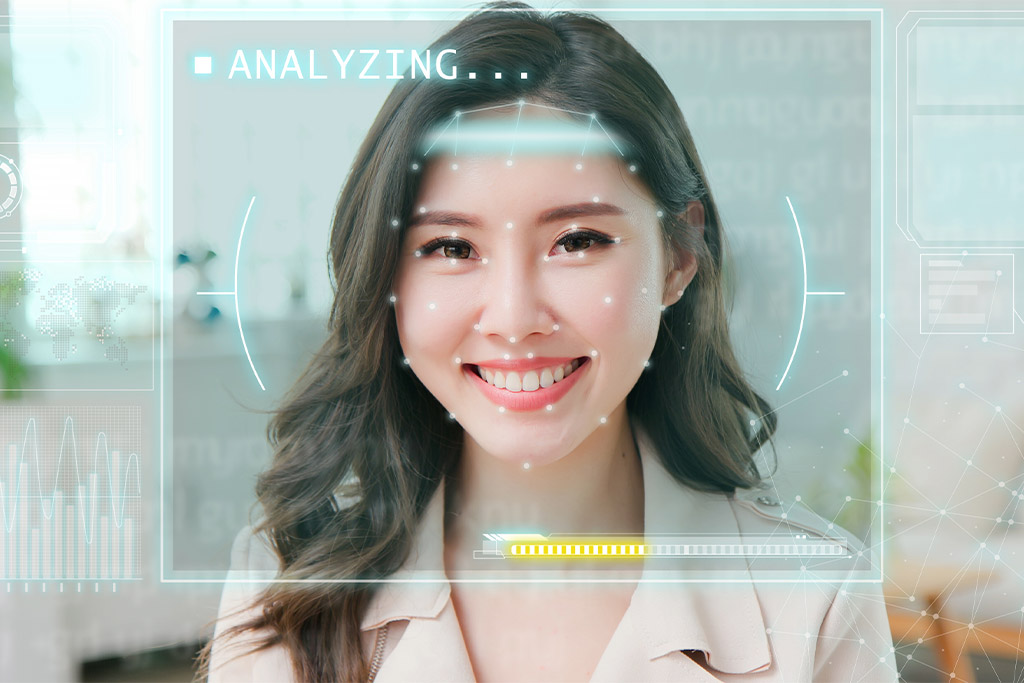Biometric identification at airports has become more and more popular. The idea of making the passenger journey completely paperless seems to be proving true.
Michael Overkaemping, Senior Product Manager at Materna IPS, answered questions on biometric passenger identification at airports. With his vast expertise, Michael is a sought-after industry expert and is continually working to advance biometric application capabilities.
What are the benefits for airlines & airports to implement biometric identification in general?
Implementing biometrics in an airport environment will generate benefits whenever biometric services are offered as a general service and are not just dedicated to airport or airline owned operations. Such a common approach will provide a seamless and hassle-free travel for passengers and will generate operational advantages. A fast and secure passenger identification will increase the overall throughput with a given infrastructure or reduce the cost per passenger.
Whether there is an increase of bags dropped, and passengers processed or reduced turnaround times, aircraft operation will be more effective and economic. Passengers who travel relaxed, without waiting in line and feeling like they are wasting time, can begin to enjoy their trip and will take the time to eat, drink or shop, generating additional revenue for airports, stores, F&B facilities and others.
What biometric solutions are available?
There are different types of biometric solutions, each focusing on different biological or behavioral characteristics of individuals. The most popular technologies are facial recognition, iris recognition, fingerprint recognition, finger vein recognition, voice recognition, and palm recognition.
While facial recognition analyzes individual features on the face, such as the distance between the eyes, fingerprint recognition matches the patterns, ridges, and valleys of fingerprints. Iris recognition, on the other hand, focuses on the unique patterns of the irises of an individual’s eyes. Finger vein recognition uses the unique patterns of blood vessels in a person’s fingers to establish identity. Voice biometrics relies on the unique characteristics of an individual’s voice, including pitch, tone, and speech patterns. Meanwhile, palmprint recognition analyzes the unique patterns and lines on a person’s palm.
Each method has its strengths and may be more suitable for specific use cases depending on factors such as accuracy, ease of use, and environmental requirements.
What is the most popular choice when it comes to biometrics?
Facial recognition has become the first choice for biometrics in the airline industry. There are several advantages coming along with face recognition compared to fingerprint and even iris identification. Face recognition is 100% touch-free and the required camera and picture analyzing systems provide the highest quality and allow an easy integration to new or existing equipment used. Reliable passenger identification based on pictures is simple compared to the use of fingerprints. A picture for identification can be easily extracted from any government issued ID document. Even in situations that such an image cannot be read from the chip, but a printed image is to be used, modern image analysis systems provide the accuracy required by the authorities for a 1:1 match between document and camera image. Fingerprints are available only in electronic passports, and their use is generally limited to government agencies and prohibited to others.
For a long time, iris recognition was considered the best solution when searching large image galleries due to its uniqueness. However, even technological progress cannot overcome some disadvantages. Taking an iris image still requires much more time and additional equipment for illumination than just a camera. Identifying passengers by iris alone is not possible because iris data is not included in common documents issued by government authorities.
The same is true for the other biometric tokens, which are unlikely to allow easy and quick use in an airport environment.
How far has the technology evolved today and is it recognized by authorities and governments?
Face recognition technology has improved significantly in recent years. This is not only due to the improvement of cameras, which enable high-resolution images with the smallest structures, but also to the further development of image analysis applications and matching algorithms. The Covid-19 pandemic has accelerated such developments, with the sudden need not just to recognize mask wearing compliance, but also the need to identify passengers now wearing masks. Modern AI based matching technology solved the Covid-19 driven challenges but helped to increase the total gallery size, allowing an acceptable fault rate for secure identification from some 10 thousand to millions of pictures within a blink of an eye.
Today’s picture analyzing applications and matching algorithms easily provide the accuracy to identify passengers wearing a mask, compared to the standard of about 5 -7 years ago for face recognition in general.
Through technological progress and experiences made with first biometrical self-service border gates, biometrics is officially recognized as secure and trusted. The introduction of self-service border gates using biometric matching started on a relatively low level with the need to compare a photo stored within an e-passport chip with a camera photo taken in a very defined small gate area.
In general, a huge trend toward biometric passenger recognition can be seen in North America, which necessitates the need for mature technologies.
Other regions will also increasingly appreciate the benefits of IATA’s One ID approach and follow along. A good example is the pilot project of the Spanish Airport Operator Aena. One of their Self Bag Drop systems has been equipped with facial recognition software. Passengers can enroll in the biometric program through the Aena app or at kiosks at the airport, and they will be able to use biometrics at the Self Bag Drop, security control and boarding gate.
Let’s have a special view on U.S. airports: How far is the technology already being used here?
At U.S. airports, biometric processes are already being used at boarding gates. Passenger identity checks at bag drop systems are also becoming increasingly automated. By comparison, CBP’s Traveler Verification Service program for entry into or exit from the U.S. places much higher demands on accuracy and speed. Thousands of travelers entering or leaving the U.S. must be identified by face only, with photos taken at self-service baggage drop-off points, kiosks, or simple pole-mounted camera systems in boarding areas. The ongoing expansion of this and other programs shows that biometrics are being well received by authorities and other stakeholders in the aviation industry. CBP’s Traveler Verification Service uses facial recognition devices to automatically verify passengers before they board an aircraft.
By combining CBP and airline processes at a single point of contact, the time required for boarding is significantly reduced.
With the continuous increase of self-service bag drop implementations, there is a growing demand for automated passenger identification.
Is biometrics the answer for enhanced security?
There is a long-lasting discussion whether biometrics or biometric enabled applications enhance security by itself. Surely, well-trained staff with decades of experience in document and passenger validation may have a sixth sense to detect frauds and prevent misuse. In comparison, biometric matching based on algorithms always provides the same high level of accuracy, regardless of the day or time. Automated systems never get tired, distracted, go sick or need a vacation!



